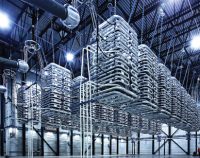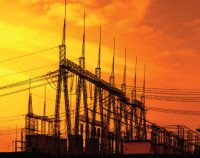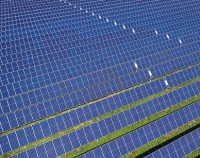High Voltage Direct Current (HVDC) Technology: 3 PDH
$18.00
SPECIFIC KNOWLEDGE OR SKILL OBTAINED
This course teaches the following specific knowledge and skills:
- Discuss why use HVDC systems
- Understand the main types of HVDC schemes/li>
- Discuss converter theory
- Explain principle arrangement of an HVDC transmission project
- Discuss main components of a HVDC system
- Understand managing a HVDC system project
CERTIFICATE OF COMPLETION
You will be able to immediately print a certificate of completion after passing a 10 question multiple-choice quiz. The quiz can be retaken unlimited times until a passing grade of 70% or better is earned. This course satisfies three professional development hours (PDH) of continuing education.
Related Courses
2017 NEC Significant Code Changes Part 2: 4 PDH
$24.00 Add to cartPart 2 of a multiple part series, this four (4) hour course covers and highlights some of the significant changes and updates in the 2017 Edition of NFPA 70: National Electrical Code (NEC) which was recently updated from the 2014 Edition of NFPA 70: National Electrical Code (NEC). The student will progress through all of article 400. The student will be identifying chapters, articles, and tables of where and what significant changes occurred (be it an addition, revision, or deleting), the student will review the 2017 version of the updated text, and understand the reason for the change with an explanatory brief.Instructor: Juan Pesante, PESPECIFIC KNOWLEDGE OR SKILL OBTAINED
This course teaches the following specific knowledge and skills:
- Become familiar with some of the significant changes including additions, deletions, and modification to the 2017 Edition of NFPA 70: National Electrical Code (NEC) from the 2014 Edition for chapter 4
- Comprehend, after reviewing the significant changes and additions to the 2017 Edition of NFPA 70: National Electrical Code (NEC) the large scope of the changes to the code, thereby seeking additional and more thorough reviews of the entire code
CERTIFICATE OF COMPLETION
You will be able to immediately print a certificate of completion after passing a 20 question multiple-choice quiz. The quiz can be retaken unlimited times until a passing grade of 70% or better is earned. This course satisfies four (4) professional development hours (PDH) of continuing education.
Preview CourseClick “Preview Course” to View Prior to PurchaseClick “Add to Cart” to Purchase and Access QuizForecasting Solar Radiation and Photovoltaic Power: 5 PDH
$30.00 Add to cartSolar resource forecasting is critical for the operation and management of solar power plants and electric grids. In this course the student will understand the basic concepts and various methods of solar irradiance forecasting as well as forecasting the power production of Photovoltaic (PV) power plants.Instructor: Juan Pesante, PESPECIFIC KNOWLEDGE OR SKILL OBTAINED
This course teaches the following specific knowledge and skills:
- Explain empirical and physical solar forecasting methods
- Explain statistical and machine learning methods
- Discuss forecasting the production of a PV power plant
- Discuss statistical error measures
- Explain probabilistic solar forecasts
CERTIFICATE OF COMPLETION
You will be able to immediately print a certificate of completion after passing a 20 question multiple-choice quiz. The quiz can be retaken unlimited times until a passing grade of 70% or better is earned. This course satisfies five (5) hours of professional development (PDH).
Preview CourseClick “Preview Course” to view prior to purchaseClick “Add to Cart” to purchase




